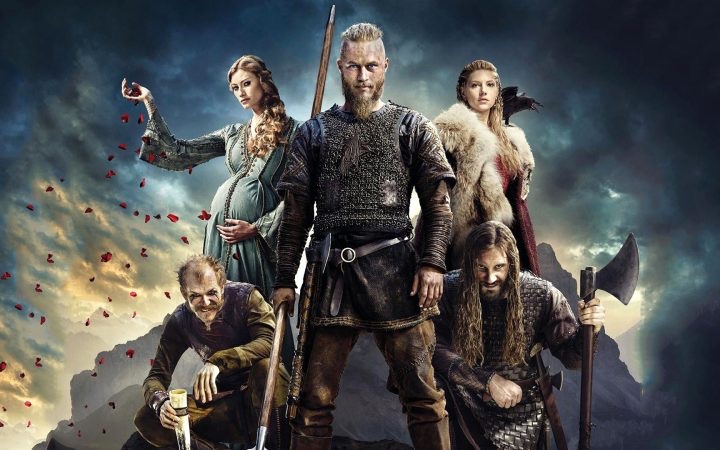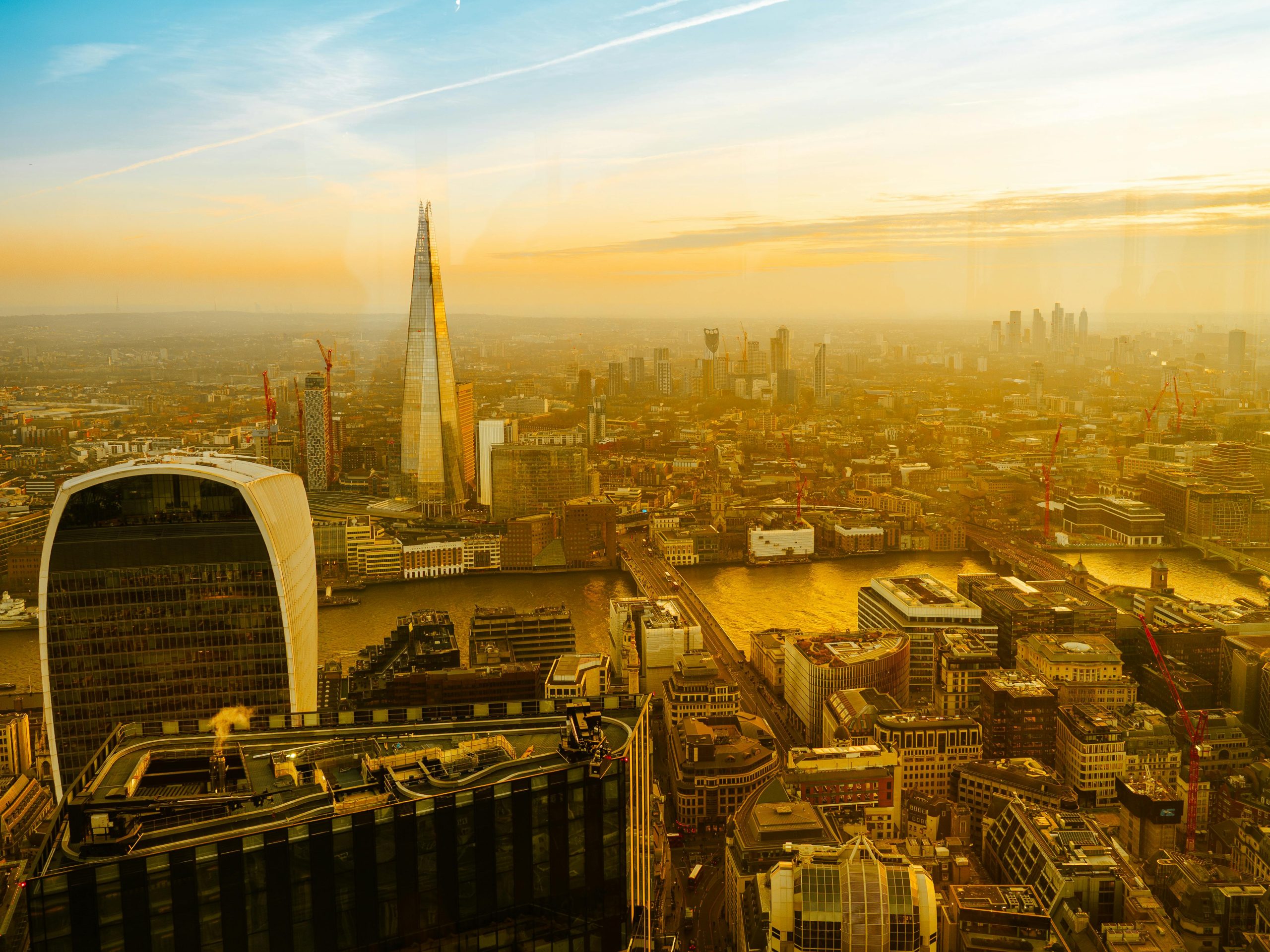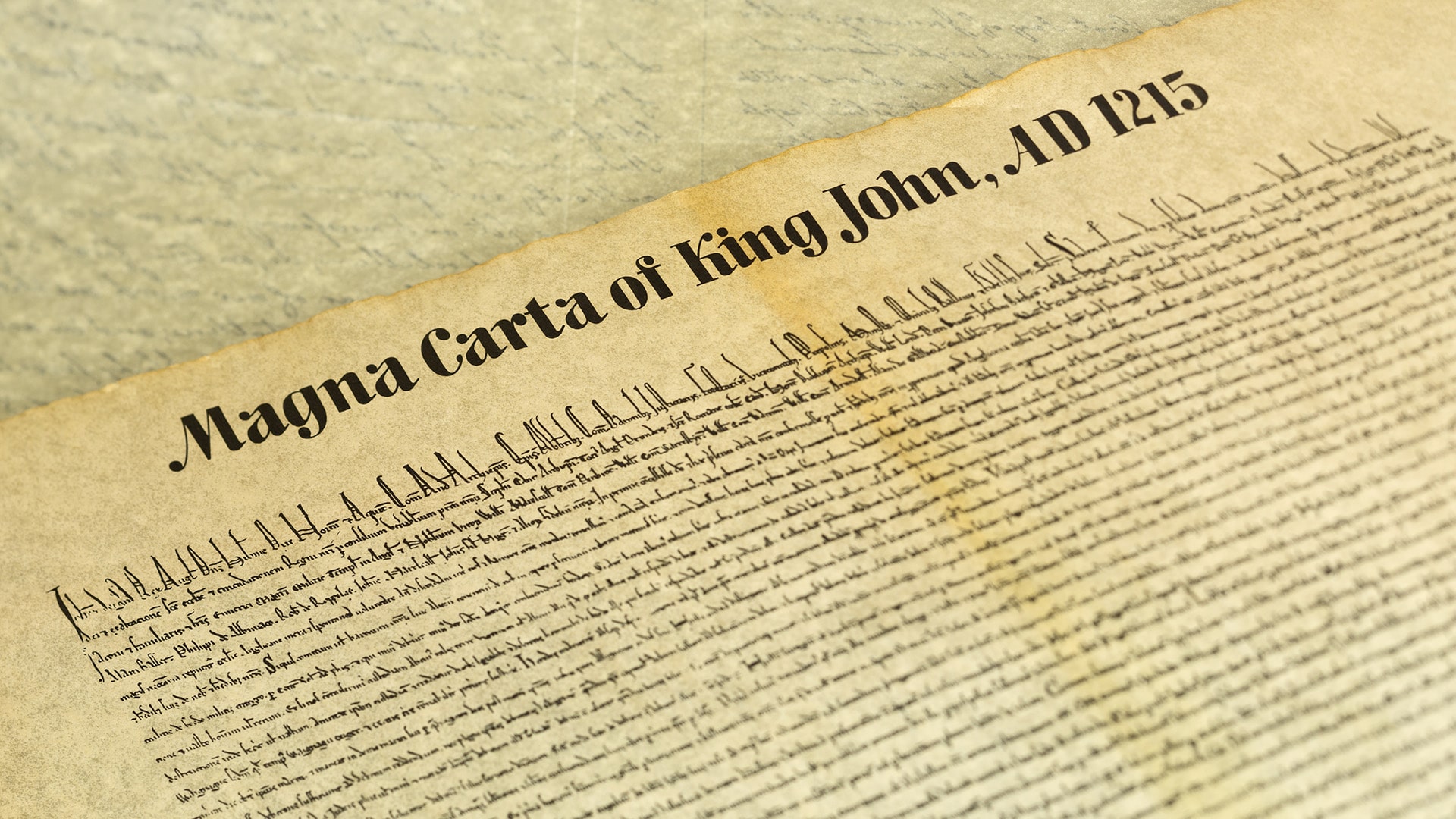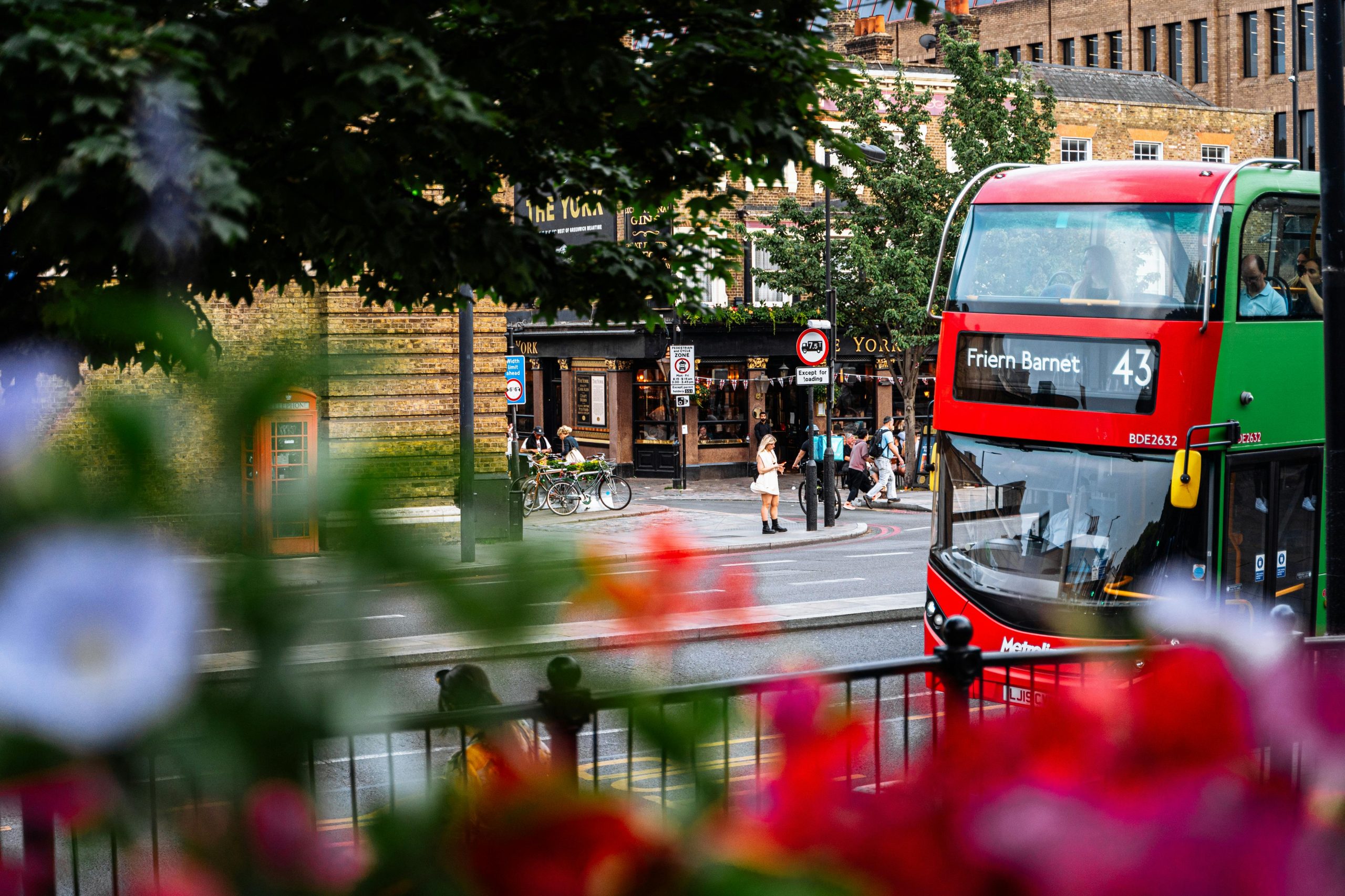Table of Contents
Introduction
The Viking invasions of Britain are one of the most dramatic and transformative periods in the island’s history. From the first shocking raid on Lindisfarne in 793 AD to the establishment of the Danelaw, the Norse warriors left an indelible mark on British culture, politics, and society. But who were these Vikings, and why did they cross the seas to raid and settle in Britain? In this article, we’ll explore the causes, key events, and lasting legacy of the Viking invasions.
Who Were the Vikings?
The Vikings were seafaring warriors, traders, and explorers from Scandinavia (modern-day Norway, Sweden, and Denmark). Known for their iconic longships, they were skilled navigators who ventured far and wide, from the coasts of North America to the rivers of Russia. While they are often portrayed as ruthless raiders, the Vikings were also settlers, farmers, and traders who sought new lands and opportunities.
Why Did the Vikings Invade Britain?
The Viking invasions of Britain were driven by a combination of factors:
- Overpopulation and Land Scarcity: Scandinavia’s rugged terrain and limited farmland pushed many Vikings to seek new territories.
- Wealth and Plunder: Britain’s wealthy monasteries and towns were tempting targets for Viking raids.
- Political Instability: The fragmented kingdoms of Anglo-Saxon England were easier to exploit than more unified regions.
- Adventure and Glory: Viking culture celebrated exploration, conquest, and the pursuit of fame.

Key Events of the Viking Invasions
1. The First Raid: Lindisfarne (793 AD)
The Viking Age is often said to have begun with the raid on the monastery of Lindisfarne in 793 AD. This attack shocked the Christian world, as the monastery was one of the most sacred sites in Britain. The Vikings looted treasures, killed monks, and desecrated the holy site, marking the start of a new era of violence and upheaval.
2. The Great Heathen Army (865 AD)
In 865 AD, a massive Viking force known as the Great Heathen Army invaded England. Led by legendary figures like Ivar the Boneless and Halfdan Ragnarsson, they conquered large parts of Anglo-Saxon England, including Northumbria, East Anglia, and Mercia. Their goal was no longer just to raid but to settle and rule.
3. The Danelaw: Viking Rule in England
By the late 9th century, the Vikings had established control over much of northern and eastern England, an area known as the Danelaw. Under the Danelaw, Viking laws and customs prevailed, and towns like York (Jorvik) became thriving centres of trade and culture. The Danelaw lasted until the 10th century, when the Anglo-Saxons began to reclaim their lands.
4. The Battle of Stamford Bridge (1066 AD)
The Viking Age in Britain effectively ended with the Battle of Stamford Bridge in 1066. The Norwegian king Harald Hardrada invaded England, hoping to claim the throne, but was defeated by the Anglo-Saxon king Harold Godwinson. This battle marked the end of large-scale Viking invasions, though their influence endured.
The Impact of the Viking Invasions
The Viking invasions had a profound and lasting impact on Britain:
- Cultural Exchange: The Vikings introduced new words, customs, and technologies to Britain. Many English words, such as “sky,” “egg,” and “knife,” have Old Norse origins.
- Urbanization: Viking settlements like York and Dublin became important trading hubs, boosting economic growth.
- Legal and Political Changes: The Danelaw introduced new legal concepts and influenced the development of English common law.
- Genetic Legacy: DNA studies suggest that many people in northern England and Scotland have Viking ancestry.
Famous Viking Leaders
Several Viking leaders played key roles in the invasions of Britain:
- Ivar the Boneless: A fearsome warrior and strategist who led the Great Heathen Army.
- Ragnar Lothbrok: A legendary figure whose exploits inspired countless sagas.
- Cnut the Great: A Viking king who ruled England, Denmark, and Norway in the early 11th century.
Why the Viking Invasions Still Fascinate Us
The Viking invasions capture our imagination because they represent a clash of cultures, a struggle for survival, and a story of transformation. From their brutal raids to their lasting contributions, the Vikings remind us that history is shaped by both conflict and cooperation.
Conclusion
The Viking invasions were a turning point in British history, reshaping the island’s political, cultural, and linguistic landscape. While the Vikings are often remembered as fierce raiders, their legacy is far more complex. They were also settlers, traders, and innovators who left an enduring mark on Britain.
If you’re fascinated by the Viking Age, explore the ruins of Jorvik in York, visit the British Museum’s Viking exhibits, or dive into the sagas that tell their stories. The Viking invasions may have ended over a thousand years ago, but their impact is still felt today.





3 thoughts on “Viking Invasions: How Norse Raiders Shaped the Fate of Britain”
Comments are closed.